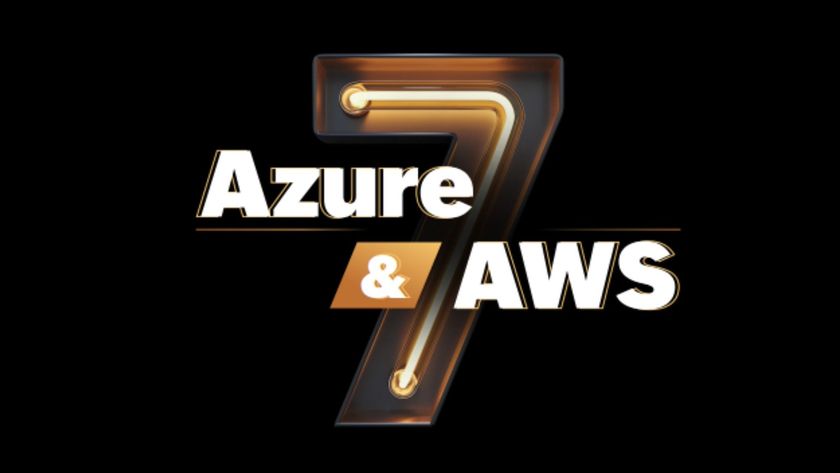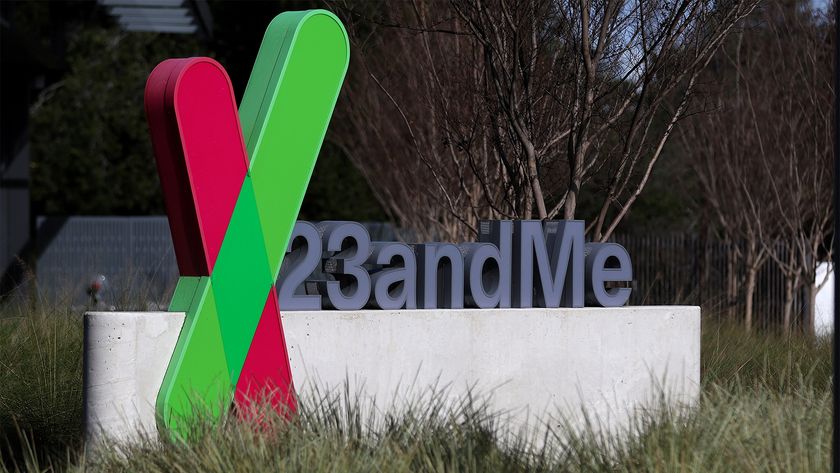Windows Server 8: Microsoft makes big virtualisation splash
The next version of Windows Server commoditises storage and network hardware, whilst taking the fight to VMware.
But Windows Server 8 also looks forward to the next stage of commoditisation where x86 servers replace even more specialised storage and networking hardware. Storage Spaces let you make a pool of storage from SATA and SAS drives in a standard enclosure that you manage with standard Windows tools instead of needing to invest in expensive fibre channel storage arrays to be able to set up clustering.
Being able to manage thin provisioning with PowerShell and WMI opens up huge possibilities for virtualising storage on a budget. Clusters are much easier to work with - almost any server application can use cluster shared volumes and you can apply an automated rolling update across a cluster so you can get through Patch Tuesday without downtime. That means you don't have to be an enterprise to be able to have your server available all the time.
File deduplication is a high-end storage option that several companies have tried and failed to make more mainstream. Having it built in Windows Server 8 with tools that look both simple and powerful is a big advantage.
Using roles and automatically applied tags to protect files on file shares is a quick way to do a basic version of the deperimeterised data security you've needed complex and expensive DLP security systems to provide. You can create virtual network switches and run third-party extensions that let you monitor, filter and forward traffic so you can manage network traffic or change your core routing algorithms. These are features you tend to find only on high-end, high-priced network switches.
Essentially Windows Server 8 lets you take an entire network infrastructure, complete with security rules and provisioning policy and virtualise it on your servers which could save you a lot of money on network hardware and power without losing performance. Think about running a single converged network that handles storage, management, communications and server workloads.
The biggest concern we have is whether, even with the new HTML5 and WebSockets support, Internet Information Services (IIS) 8 has enough features to compete with open source web servers when it comes to powering the web apps that smartphones and tablets make increasingly more relevant. However, integration with existing server systems does make it a compelling solution for an enterprise that cares more about business web apps. Vastly improved options for managing security certificates may mean we'll see more web hosters offering IIS.
The underlying trend is towards putting more processing on servers, whether that's for thin clients, VDI or web apps. New options for making sure that server resources are shared in a fairer fashion whether that's between competing websites or between VDI users will make it easier to offer SLAs and do chargeback to make sure that departments get what they pay for - and pay for what they get.
Get the ITPro. daily newsletter
Sign up today and you will receive a free copy of our Focus Report 2025 - the leading guidance on AI, cybersecurity and other IT challenges as per 700+ senior executives
A new H.264 codec, software GPU and support for touch and new USB devices (including USB 3) mean remote desktop sessions will get the full Windows user experience including the new Windows 8 features.
Whatever happens on the desktop and mobile side of the PC industry, Windows Server 8 is crammed with features that make it a strong successor to a server OS that already has 76 per cent of the market. Although it faces competition from software-as-a-service and cloud offerings, there are few businesses that will be able to manage without any servers at all.
While many of the features give mid-range companies access to options previously accessible only on large enterprise budgets, tools like the new, simpler DirectAccess (remote access without VPN) and peer-to-peer BranchCache are compelling for the smallest of offices.
As usual though, the biggest competition for Windows Server 8 is the huge installed base of existing Windows Server licences. It'll take time for any serious migration to happen.
Mary is a freelance business technology journalist who has written for the likes of ITPro, CIO, ZDNet, TechRepublic, The New Stack, The Register, and many other online titles, as well as national publications like the Guardian and Financial Times. She has also held editor positions at AOL’s online technology channel, PC Plus, IT Expert, and Program Now. In her career spanning more than three decades, the Oxford University-educated journalist has seen and covered the development of the technology industry through many of its most significant stages.
Mary has experience in almost all areas of technology but specialises in all things Microsoft and has written two books on Windows 8. She also has extensive expertise in consumer hardware and cloud services - mobile phones to mainframes. Aside from reporting on the latest technology news and trends, and developing whitepapers for a range of industry clients, Mary also writes short technology mysteries and publishes them through Amazon.
















